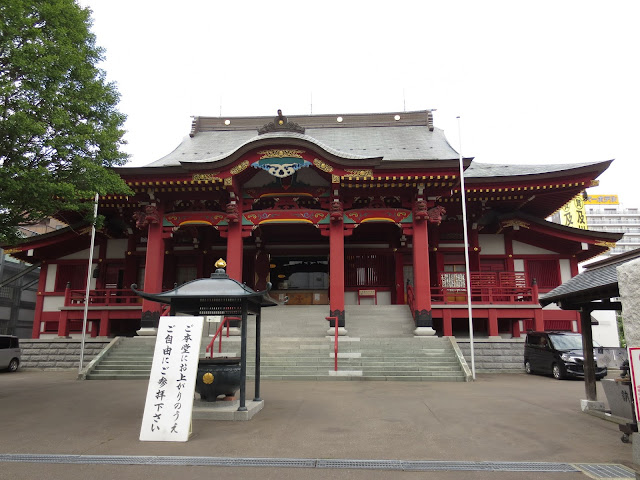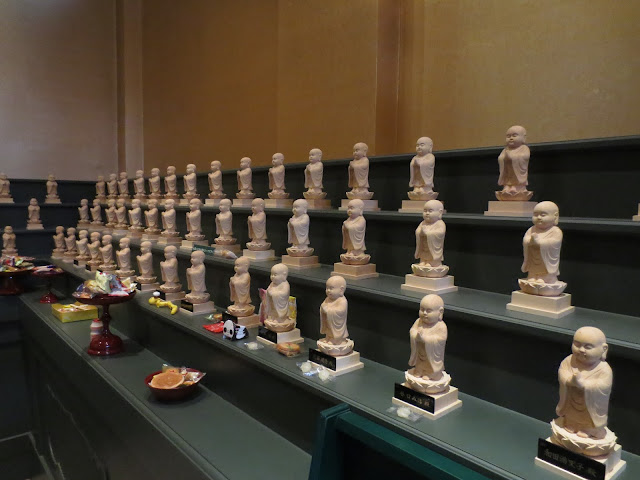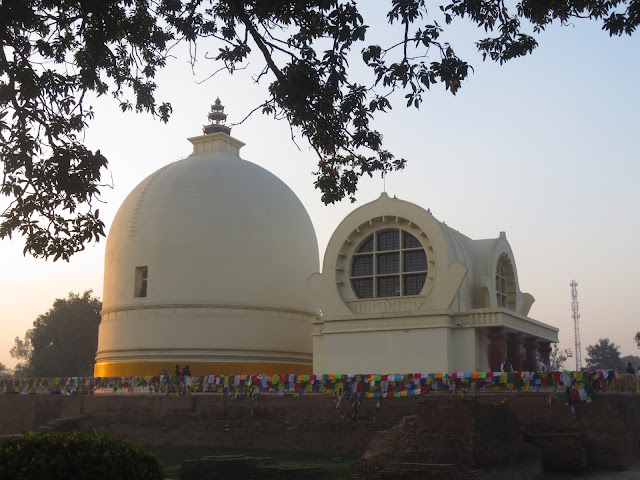Japan,
where the contrast between modernity and tradition is the strongest in Asia. A
largely secular country though it be, many here consider themselves either Buddhist
or Shinto (Shintoism being the traditional animist religion of Japan); in most instances,
both at the same time. Buddhism is the main tradition here so far as anything
related to death is concerned: the Obon festival (Japanese All Souls’ Day) and
funerals almost invariably involve Buddhist rituals. Interestingly, Japanese
Buddhism is also the one most ‘active’ or ‘engaged’ all over the world, as I
have noticed again and again during my travels, particularly in India. Japan has
innumerable Buddhist monuments and temples across all prefectures, and especially
in its historical quarters such as Kyoto and Nara, the two ancient capitals of
the country. On the other hand, Buddhism in Japan, which follows the Mahayana School,
is probably the most fragmented among that of all Buddhist countries. For instance, where five South and Southeast Asian nations
basically share the same school of Buddhism – Theravada
Buddhism – Japan can boast several different sub-schools
under Mahayana Buddhism, the most important among them the Pure Land, the True
Pure Land (these first two being the most popular), the Tendai, the Shingon,
the Nichiren, and the Zen schools. Most of these originated in China, including
Zen Buddhism, which is today probably the most well-known outside Japan. The next post will focus entirely on two sites: the
ancient capitals of Nara and Kyoto.
 |
| Shinei-ji Shingon Temple in Sapporo |
 |
| Inside Shinei-ji Temple |
 |
| Inside Shinei-ji Temple |
 |
| Inside Shinei-ji Temple |






Comments
Post a Comment